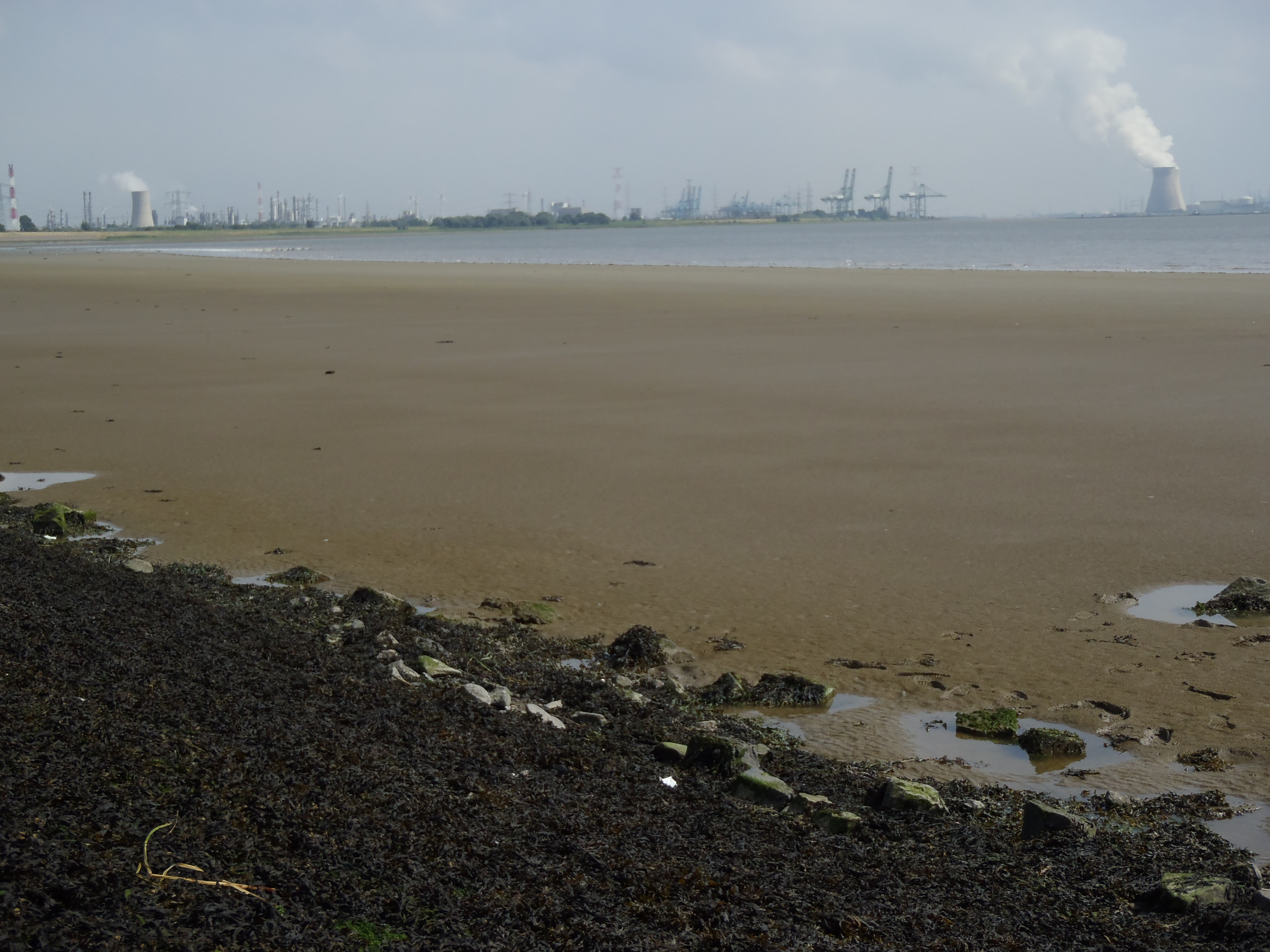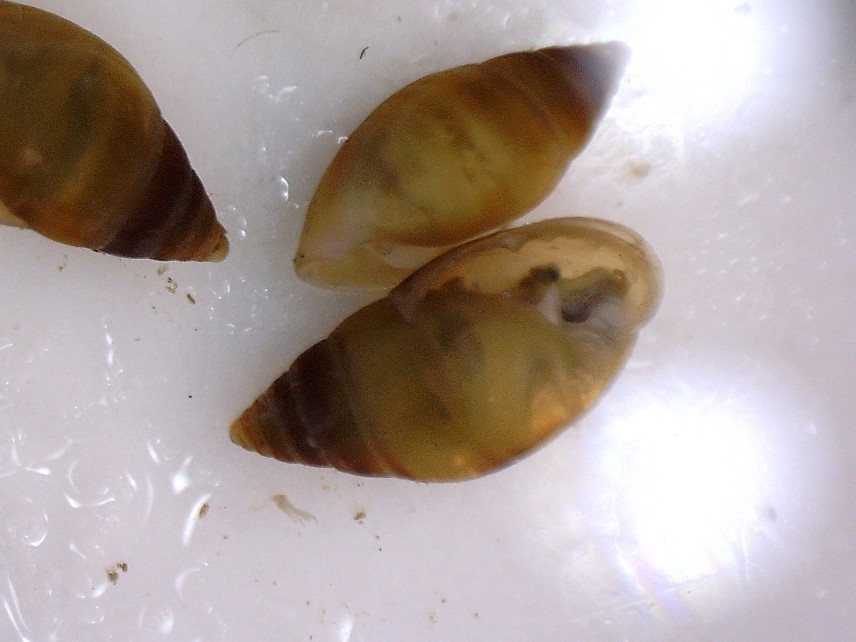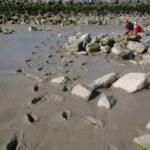
View on the Western Scheldt with the skyline of the harbours of Antwerp – S. Wijnhoven (2016)
Benthic Indicator Species Indices (BISIs) specifically developed for quality evaluations of marine Habitat Directive (HD) habitat types and relevant Natura 2000 areas of the Dutch Delta waters, the Wadden Sea and the coastal zone of the North Sea, are available now. Specifically BISIs have been developed for HD-habitat types H1160, H1130, H1110a, H1140a and H1140b*. BISIs have been developed according to BISI v2 (protocol update in progress), taking dominant ecotopes (defining the main distinguishing communities) as the basis to select indicator species for which internal reference occurrences (as used in the indicator) are calculated surface-ratio based. This allows application of the BISI in similar habitats beyond the current Natura 2000 areas for which the indicator has been elaborated and tested here. The developed BISIs are presented with proposals for monitoring programmes with sufficient power to detect potential quality differences, as much as possible making use of current recurring monitoring activities. Indicator development and suggested monitoring programmes for the Eastern Scheldt (Oosterschelde), Western Scheldt (Westerschelde), Wadden Sea (Waddenzee) including Eems-Dollard and intertidal areas in the coastal zone of the Dutch North Sea, are presented in:
Wijnhoven, S. & Van Avesaath, P.H. (2019). Benthische Indicator Soorten Index (BISI) voor mariene habitattypen in Natura 2000-gebieden. Uitwerking beoordelingsmethodiek inclusief monitoringvoorstel voor mariene habitattypen van de Habitatrichtlijn gelegen in de Deltawateren, het Waddenzeegebied en de kustzone van de Noordzee. Ecoauthor Report Series 2019 – 03, Heinkenszand, the Netherlands.
With Assessment Tools for the developed BISIs in Excel-format available from here. Background information on the calculations and test results as indicated in the report is available on request.

 An
An 
